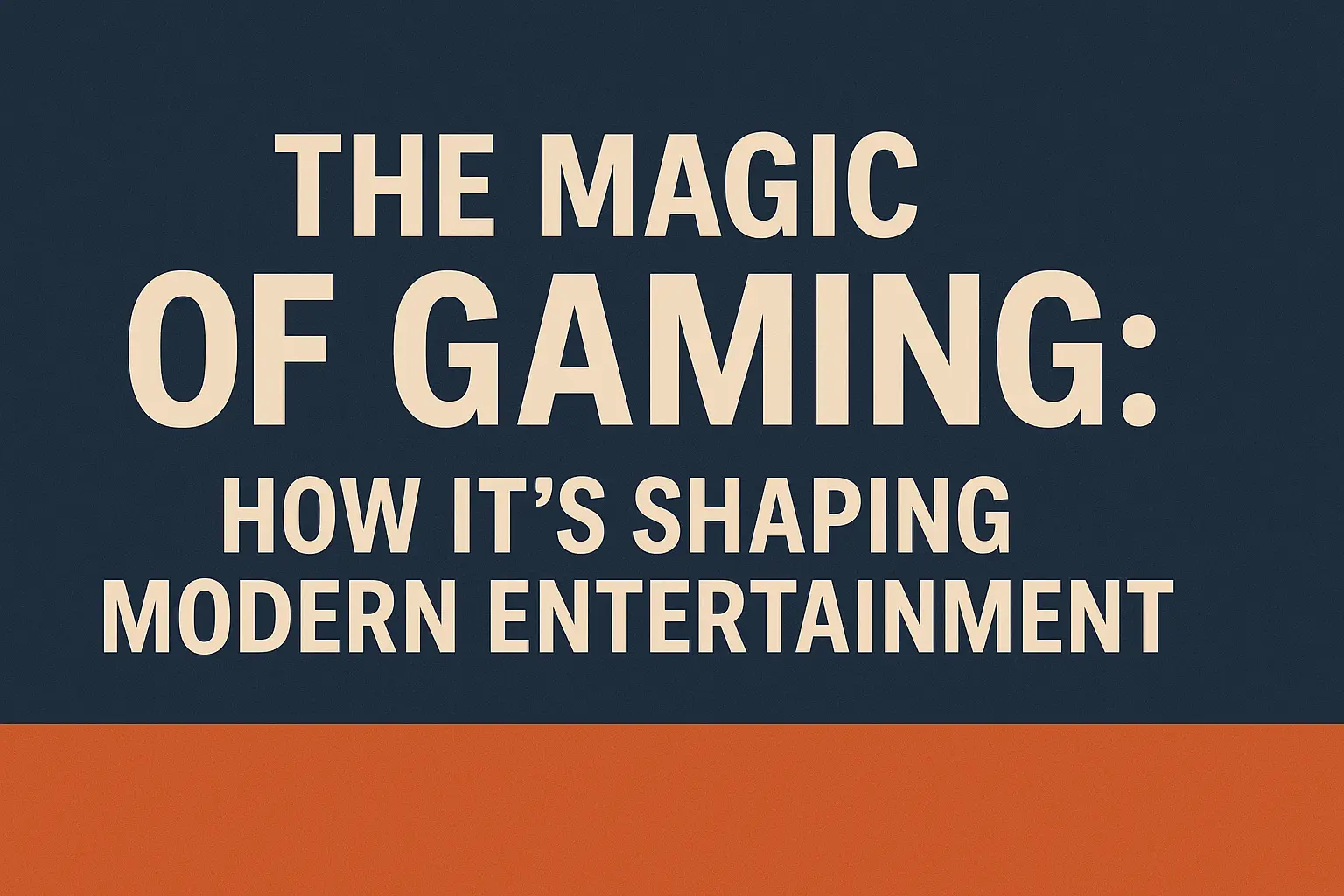Table of Contents
- Introduction to the World of Gaming
- The Historical Context of Gaming
- Modern Gaming Innovations
- The Role of Graphics and Sound
- Gaming as a Social Platform
- The Economic Impact of Gaming
- Educational Uses of Video Games
- The Future of Gaming
Gaming is no longer just a form of entertainment; it has evolved into a powerful cultural and social force. In a rapidly changing world, gaming’s expansive universe goes far beyond mere pixels and polygons—it opens new realms of possibilities and creativity. As games transform, individuals like Virginia Chipurnoi and many others delve into the vast depths of what gaming has to offer, bringing unique perspectives to this dynamic landscape. With various technologies and intricate storytelling, gaming’s impact has rippled through countless facets of entertainment and education. It challenges and inspires players and developers, redefining what is possible within virtual realms. By understanding where gaming started and forecasting where it’s headed, it’s likely to glimpse the boundless potential that gaming continues to promise.
Introduction to the World of Gaming
The gaming industry is more than just a billion-dollar behemoth; it is a cultural cornerstone in today’s society. Gaming influences entertainment and areas like social interaction, mental wellness, and education. With its rapid growth, gaming has entrenched itself into the everyday lives of millions, offering an escape and a platform for creativity and connection in an increasingly digital world.
The Historical Context of Gaming
Tracing the roots of gaming transports us back to an age of arcade mania and pixelated adventures. Each era writes its own chapter in the gaming narrative from “Pong” and “Space Invaders” to the first household gaming consoles. As the growth of the gaming industry indicates, this narrative includes groundbreaking moments that transitioned gaming from a niche hobby into a global phenomenon, deeply embedding itself into modern entertainment. Innovation in gaming has been a relentless journey, signifying transformation with each technological leap and evolving consumer expectations.
Modern Gaming Innovations
Today, gaming embraces avant-garde technologies that draw players deeper into virtual worlds. Virtual Reality (VR) allows users to enter immersive environments, while Augmented Reality (AR) layers digital enhancements onto the real world. Meanwhile, cloud gaming offers seamless play across devices, erasing the limitations once set by hardware. These cutting-edge technologies reshape how gamers engage with digital narratives and each other, promising experiences that expand the concept of play.
The Role of Graphics and Sound
The aesthetic and auditory advances in gaming have been pivotal to its immersion. From rudimentary visuals and soundtracks to today’s high-definition graphics and all-encompassing soundscapes, these elements enhance player engagement and elevate the emotional intensity of games. Through refined art design and detailed auditory cues, game developers create experiences that resonate with players on a deeper level, influencing how stories are experienced and remembered. Learn more about the science behind game design for insights into how soundscapes transform interactive experiences.
Gaming as a Social Platform
Gaming has emerged as a potent social conduit, breaking geographical barriers with multiplayer functionality and online communities. These platforms foster friendships, form alliances, and even inspire collaborations across continents—a testament to gaming’s role in virtual socialization. In an era where connectivity defines our interactions, gaming ensures no one is ever truly alone, uniting players in shared adventures and collective challenges.
The Economic Impact of Gaming
The economic implications of gaming are far-reaching. Beyond sales figures, the industry supports developers, designers, marketers, event organizers, and countless other professions. The rise of e-sports brings another dimension, transforming gamers into athletes with international tournaments and lucrative sponsorship deals. As gaming influences expenditure patterns, its economic potential grows increasingly significant, positioning it as a key driver in the global financial landscape.
Educational Uses of Video Games
Video games, often dismissed as distractions, hold vast educational potential. Gamification integrates game elements into educational contexts, fostering competitive and collaborative learning environments. Games stimulate intellectual curiosity, enhance cognitive development, and reinforce learning through interactive storytelling by engaging students with playful mechanics. This approach enriches traditional teaching methods and makes education more adaptable to varied learning styles.
The Future of Gaming
The vista of gaming’s future is one of exhilarating possibilities and underlying challenges. As technology progresses, gaming could become even more embedded in everyday life, crossing into areas we haven’t yet envisioned. Innovation will remain at its heart, ensuring it constantly evolves and adapts. However, ethical considerations like screen time and virtual reality require thoughtful navigation. The promise of gaming lies not only in its digital advancement but also in how society harnesses this potential creatively and responsibly.
